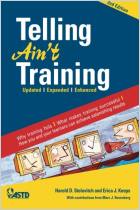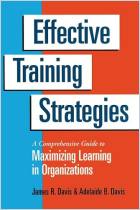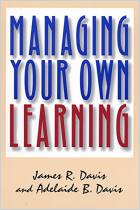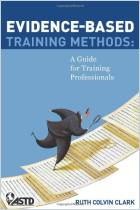
Hold On, You Lost Me!
Use Learning Styles to Create Training that Sticks
Recommendation
Author Bernice McCarthy developed the “4MAT teaching model,” an innovative instructional method that leverages the latest neurological research about right-brain and left-brain thinking. The 4MAT approach allows people with different learning styles to absorb new subject material, retain the information and put it to practical use. McCarthy teams up with corporate trainer Jeanine O’Neill-Blackwell to explain how to use the 4MAT model. The title of their book is particularly apt because, alas, the lay reader can get lost. Perhaps in an effort to be authentically academic, the authors have burdened their text with jargon. It is filled with “mindmaps,” “hemisphericity divisions” and “stream of consciousness dumping,” as well as the probably unnecessary deconstruction of various English words into their Latin derivatives. However, with patience, getAbstract believes that HR managers, course designers, trainers and teachers can unlock the genuinely useful insights offered by this guide to teaching and learning.
Summary
About the Authors
Bernice McCarthy created the 4MAT teaching model used by organizations around the world to improve instruction and learning. Jeanine O’Neil-Blackwell is an expert in developing initiatives that help trainers become more effective.
















Comment on this summary